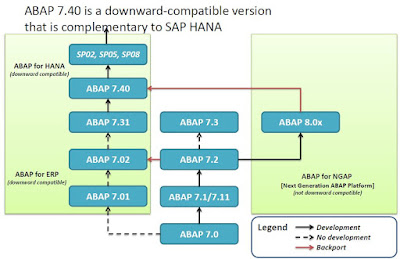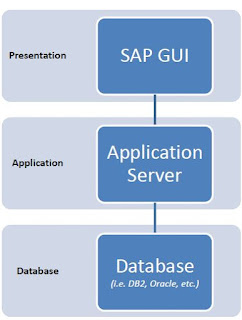TRANSPORT MANAGEMENT in SAP ABAP

Transport Management Transport Management in SAP ABAP systems is the data movement strategy between the three standard SAP System Landscapes (development, quality assurance, and production) Transport requests which are data packaging of ABAP source code changes and configuration changes are moved from one landscape to another. Packages Packages contain a group of development objects that must be developed, maintained, and transported together. Example $TMP is used for local objects, and is non transportable. Custom packages are used to capture all development objects and enable transport to the next system environment For some projects, change requests are created in the Solution Manager (SolMan) system and will be handled by ChaRM. When a transport request is created, it can be either a: Workbench Request Transporting objects like Programs, Classes, etc. basically Repository objects. Customization Request Transporting customization data to move it from one system to another. Version M...



